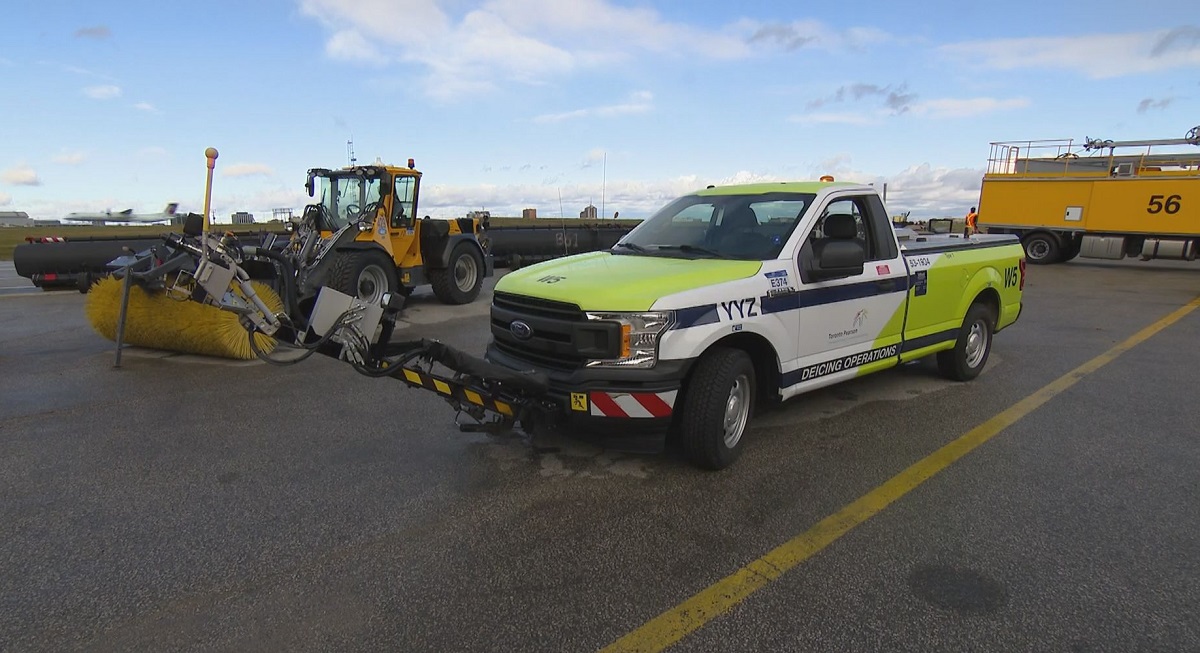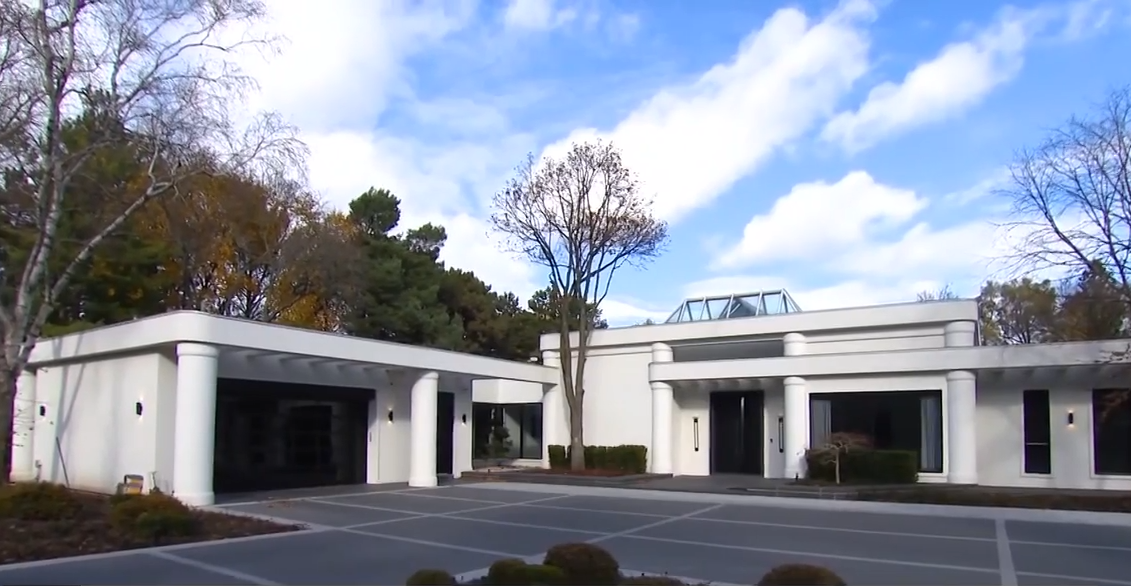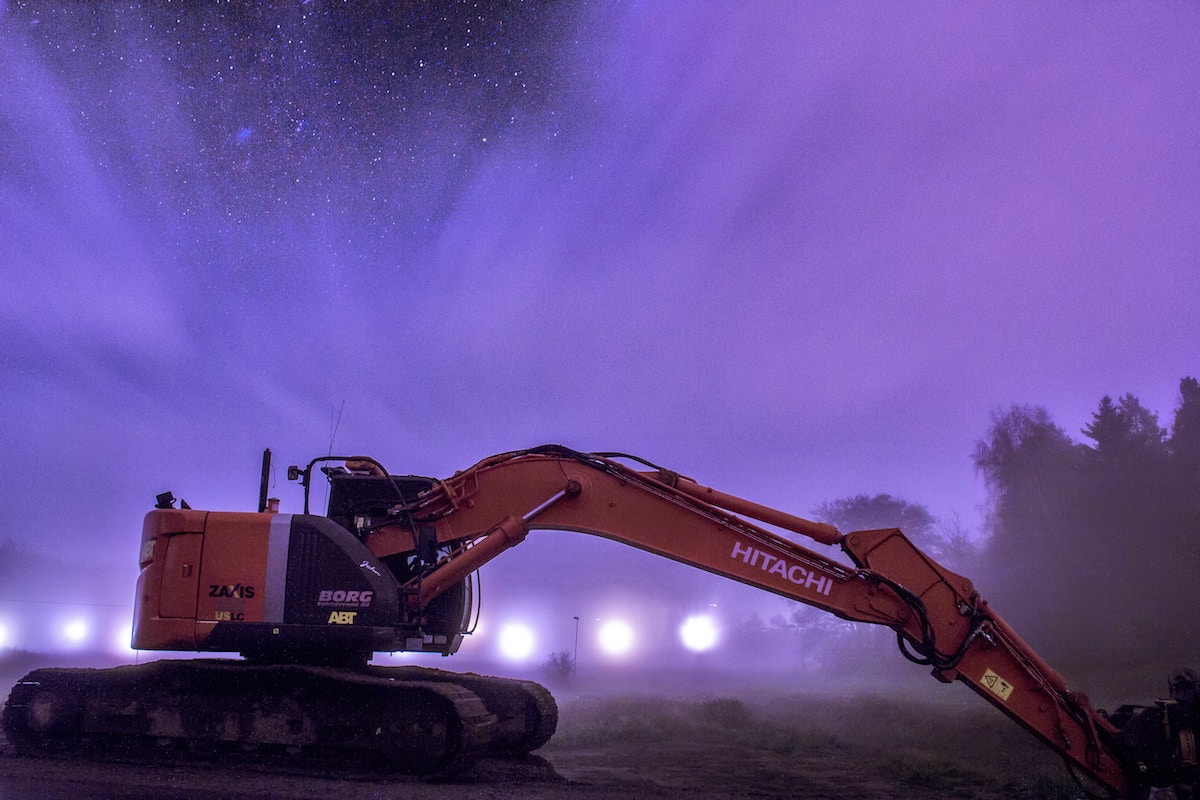Infra
Toronto Pearson airport adding staff, new equipment to deal with snow and ice

As parts of Canada and the United States have started dealing with snow and ice storms, Toronto Pearson airport officials say they have beefed up staffing and replaced aging equipment in preparation for the upcoming season.
The Greater Toronto Airports Authority (GTAA), the organization that runs Toronto Pearson International Airport, held a media briefing at its airfield maintenance facility on Tuesday to boast about the recent investments. The airport is Canada’s busiest passenger air hub and it can see approximately 900,000 travellers a week.
“We can’t do much about the snow itself, but we can be prepared and that’s really our mantra,” Todd Browne, the GTAA’s associate director of airfield operations, said.
“Unlike municipalities who sometimes wait until there’s some snow on the ground. Our approach is as soon as that first snowflake is falling, we’re out there trying to make sure that it’s a safe and operational space for passengers.”
Browne said the airfield maintenance operations unit has around 180 workers and is responsible for clearing five million square metres of runways, aprons and taxiways. He said 17 people were added for the 2024-2025 season, adding training has been underway for a couple of months.
When asked about the delays passengers face when snow storms arrive, officials said a variety of factors are at play. The first is the amount of time snow plows take to clear one of the 200-foot-wide runways.
Operating in tandem, they said eight to 10 massive plow-sweeper-blower machine work to clear snow as close as possible to the pavement. Large 1,050-horsepower snow blowers often accompany the units and have the ability to shoot snow up to 300 feet away in nearby fields.
“We’re trying to keep that runway occupancy down below 15 minutes per runway, which obviously impacts the amount of aircraft that can take off in an hour,” Browne said.
If a snow or ice storm moves in overnight, officials said that can have a notable impact at Toronto Pearson airport because the work of clearing, removing and/or melting snow on apron areas where aircraft are parked is a more delicate operation versus later in the day when there are more continuous operations.
Browne also said more recent weather patterns have resulted in a change in the types of snowfalls crews are responding to.
“The last couple years we’ve had a little bit … heavier, wetter snow (and) more snow at once, which is much harder for us to clear,” he said.
“We have upped our staffing levels a little bit and also made those purchases on those big snow blowers and some of our large loaders … more pushing power, more blowing power to try to put up with that.”
As soon as there is five to six centimetres of snow accumulation, Browne said that triggers calling in all staff to respond. He added typically 15 centimetres or higher is when it starts “getting challenging.”
The other central component of winter operations is the 65-acre central de-icing facility built more than 25 years ago. Officials said there are around 200 staff members assigned to the facility. Up to six wide-body aircraft, or up to 12 narrow-body aircraft, can be accommodated at any given time.
Ken Eastman, the director who oversees the de-icing facility, said they moved to recruit new crew members beginning in August to ensure they could go through training in September and October. He said 467 aircraft over 41 days have already had de-icing treatments so far this season.
“We’re working on bringing in new equipment. We have some more experienced de-icing units that we’re replacing through the course of this winter season, bringing in 15 new units to support our operation,” Eastman said.
Almost all of the de-icing units are large Vestergaard elephant betas, which are operated by a single crew member and can go as high as 14 metres. Eastman said Toronto is the only major airport in North America to operate a fleet of pick-up trucks outfitted with equipment to drive up to aircraft to spray underneath if needed.
He said crews are expected to perform de-icing operations on approximately 16,500 aircraft in the upcoming season. He said the standard de-icing times are less than five minutes, but passengers could see eight-to-10-minute processing wait times on top of that.
Officials added they’re looking at using artificial intelligence more going forward.
With increased sensors and technology in the newer equipment and on Toronto Pearson airport property, they said they hope to share things like real-time runway conditions with pilots and airlines. Gate optimization was also cited as another area for AI.
Officials said they will continue to refine procedures as the season progresses.
“After every major snow event, we have a debrief with our own internal team, with all the stakeholders, on what we have done, where we can improve for the next snow event or for the next season,” duty manager Andre Nadeau said.
Toronto Pearson airport equipment by the numbers
- 46 de-icing vehicles (Vestergaard elephant betas)
- 44 plow-sweeper-blower machines
- 15 snow blowers
- 14 front-end loaders
- 12 tractors
- Eight front-mounted sweepers
- Eight spray trucks
- Seven spreader trucks
- Four glycol-recovery vehicles
- Three underwing de-icing units (pick-up trucks)
- Two shuttle buses
- Unspecified number of support vehicles









